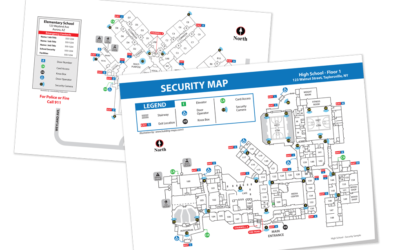Emergency Planning in Healthcare
NFPA 101 Life Safety Code requires all healthcare buildings to have evacuation and relocation plans. This applies to both new construction and existing healthcare and hospital structures. The NFPA’s guidelines focus on egress and relocation in the event of a fire as well as regularly scheduled drilling. Specific requirements and procedures in the case of a fire are included. We encourage your organization to look these over.
Former NFPA fire protection engineer Rich Bielen uses the recent earthquakes in Puerto Rico and wildfires in Australia as examples of events that healthcare organizations need to be prepared for. He states that these disasters demonstrate the importance of all sections of your EMP. These include but are not limited to:
- NFPA 101, Life Safety Code
- NFPA 99, Healthcare Facilities Code
- NFPA 1300, Standard on Community Risk Assessment and Community Risk Reduction Plan Development
For more details on the contents of these codes and standards, check out the links above.
Things to Remember:
As a general rule of thumb, it’s important to make risk assessment, emergency action planning, and proper egress practicing a priority, especially in healthcare facilities. Planning a patient evacuation and relocation plan can be a complex process. But it is essential in order to protect the vulnerable populations and employees that occupy these buildings.
PLAN. PROTECT. SAVE LIVES.
Building Maps is the industry leader in creating and maintaining safety maps for schools, companies and organizations across the country.
If you have a need for safety maps, request a quote or contact our team for more information on how our services can make your buildings safe and code-compliant.
More Info
NFPA Journal – Creating effective emergency management programs for hospitals





